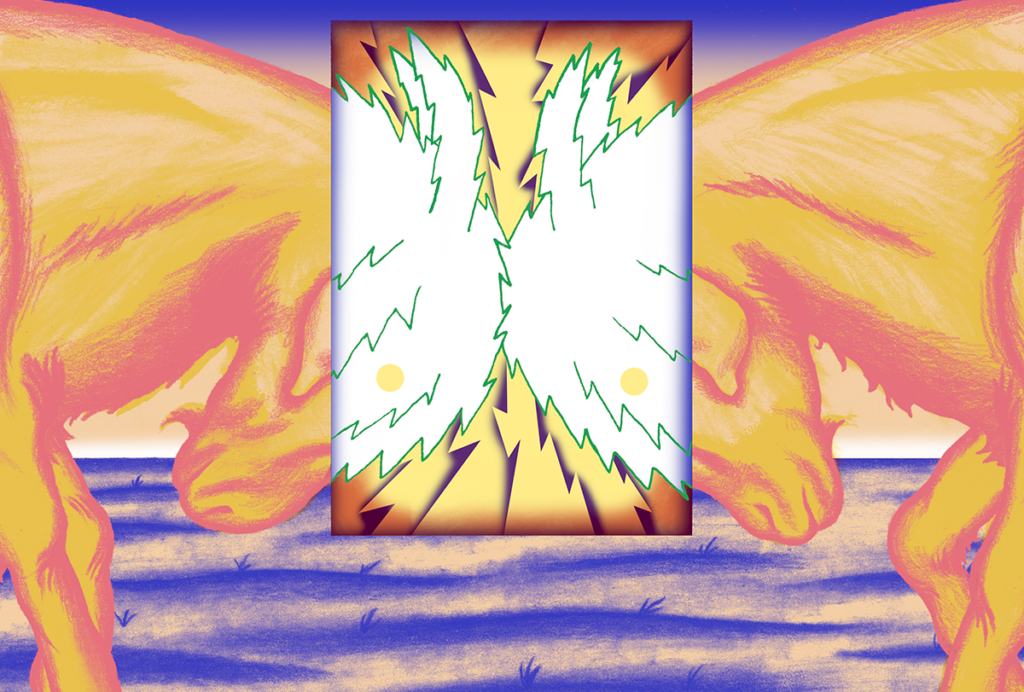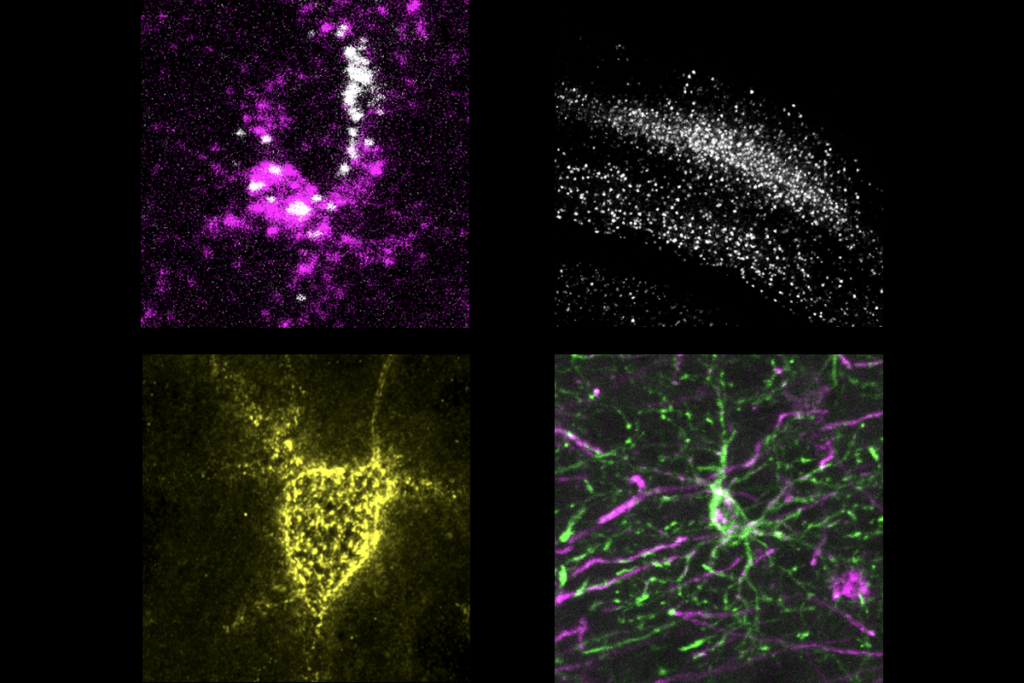Katherine Bourzac
Freelance Writer
Simons Foundation
From this contributor
Child development: The first steps
Because infants born into families with autism are more likely to develop the condition, studying them might lead to ways to diagnose people in the general population earlier.
Birth weight predicts brain size later in life, study says
Heavier newborns have larger brains later in life, and a larger cerebral cortex — the brain region responsible for high-level functions such as consciousness and language. The findings, published 19 November in the Proceedings of the National Academy of Sciences, are the first to assess birth weight’s connection to brain development.

Birth weight predicts brain size later in life, study says
Long-term studies chart autism’s different trajectories
Two new studies that follow the development of children with autism suggest that distinct subgroups of the disorder exist early on, and that the severity of symptoms in most of these children remains stable over time.

Long-term studies chart autism’s different trajectories
Explore more from The Transmitter
Alex Maier argues that a scientific explanation of consciousness requires grounding in formalized mathematics
When it comes to discovering laws of nature for consciousness similar to those in physics, Maier argues that integrated information theory is the only game in town.
Alex Maier argues that a scientific explanation of consciousness requires grounding in formalized mathematics
When it comes to discovering laws of nature for consciousness similar to those in physics, Maier argues that integrated information theory is the only game in town.
Neuro’s ark: How goats can model neurodegeneration
Since debunking an urban legend that headbutting animals don’t damage their brain, Nicole Ackermans has been investigating how the behavior correlates with neurodegeneration.

Neuro’s ark: How goats can model neurodegeneration
Since debunking an urban legend that headbutting animals don’t damage their brain, Nicole Ackermans has been investigating how the behavior correlates with neurodegeneration.
Astrocytes stabilize circuits in adult mouse brain
The glial cells secrete a protein that suppresses plasticity post-development.

Astrocytes stabilize circuits in adult mouse brain
The glial cells secrete a protein that suppresses plasticity post-development.